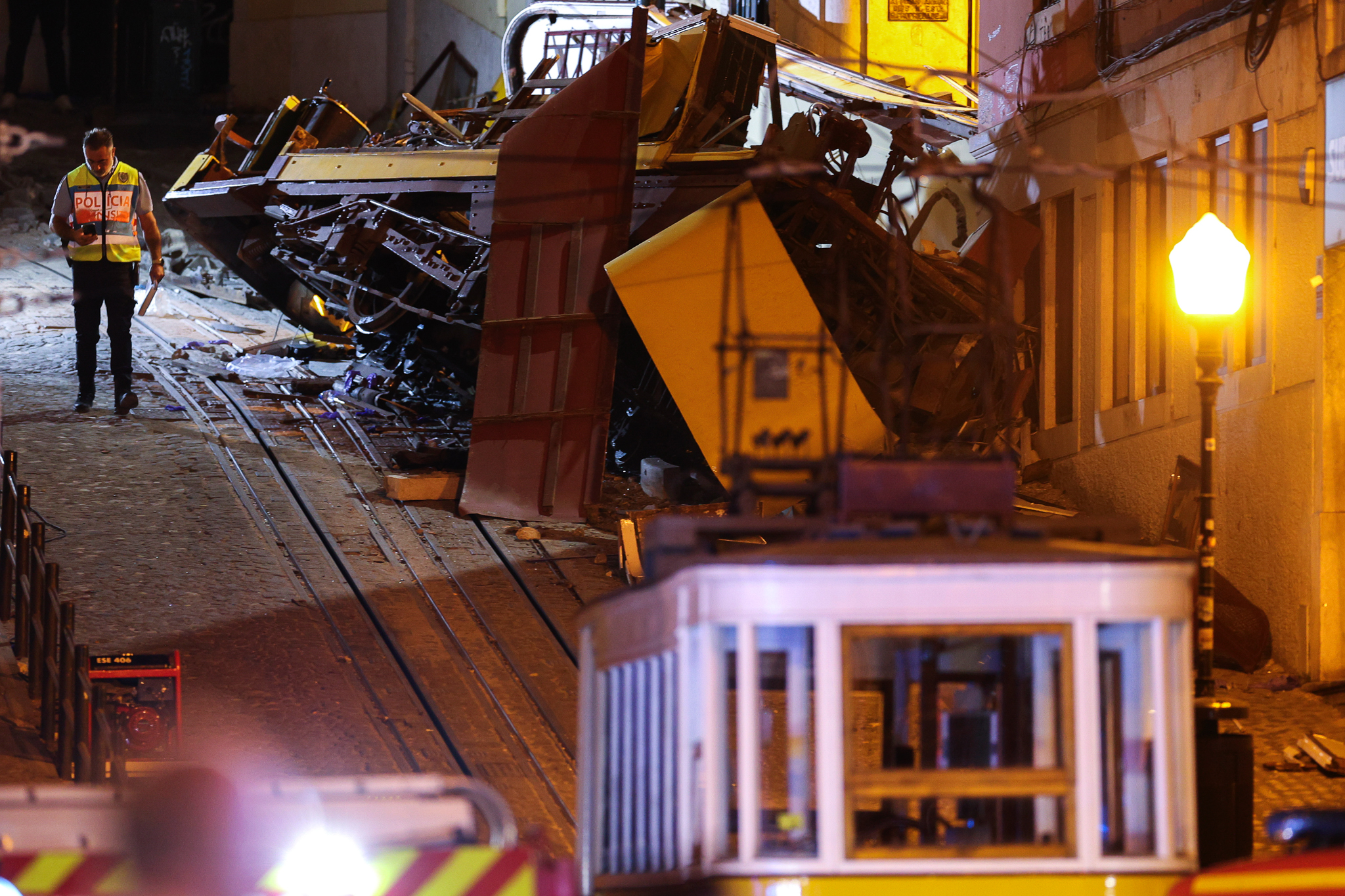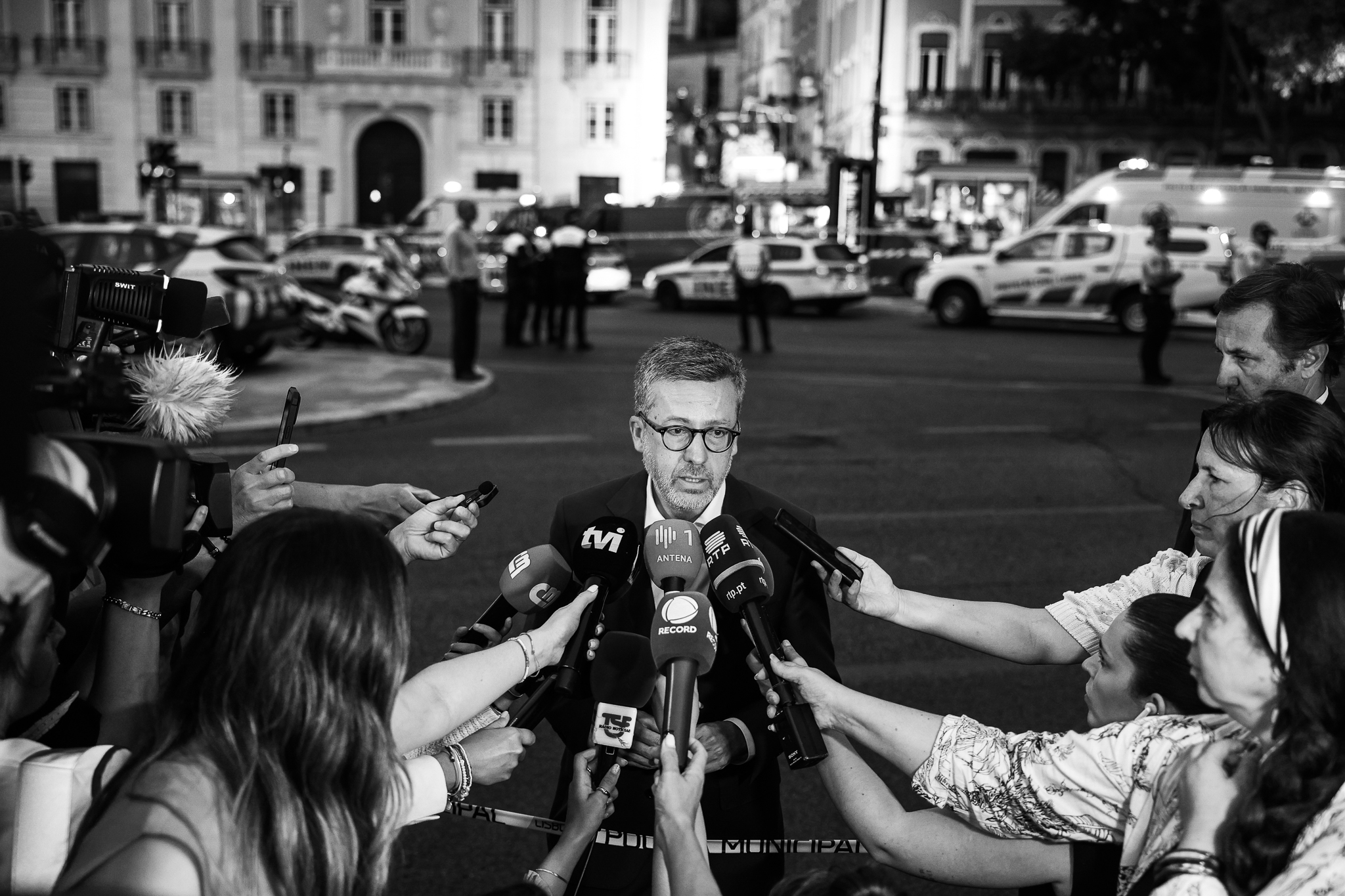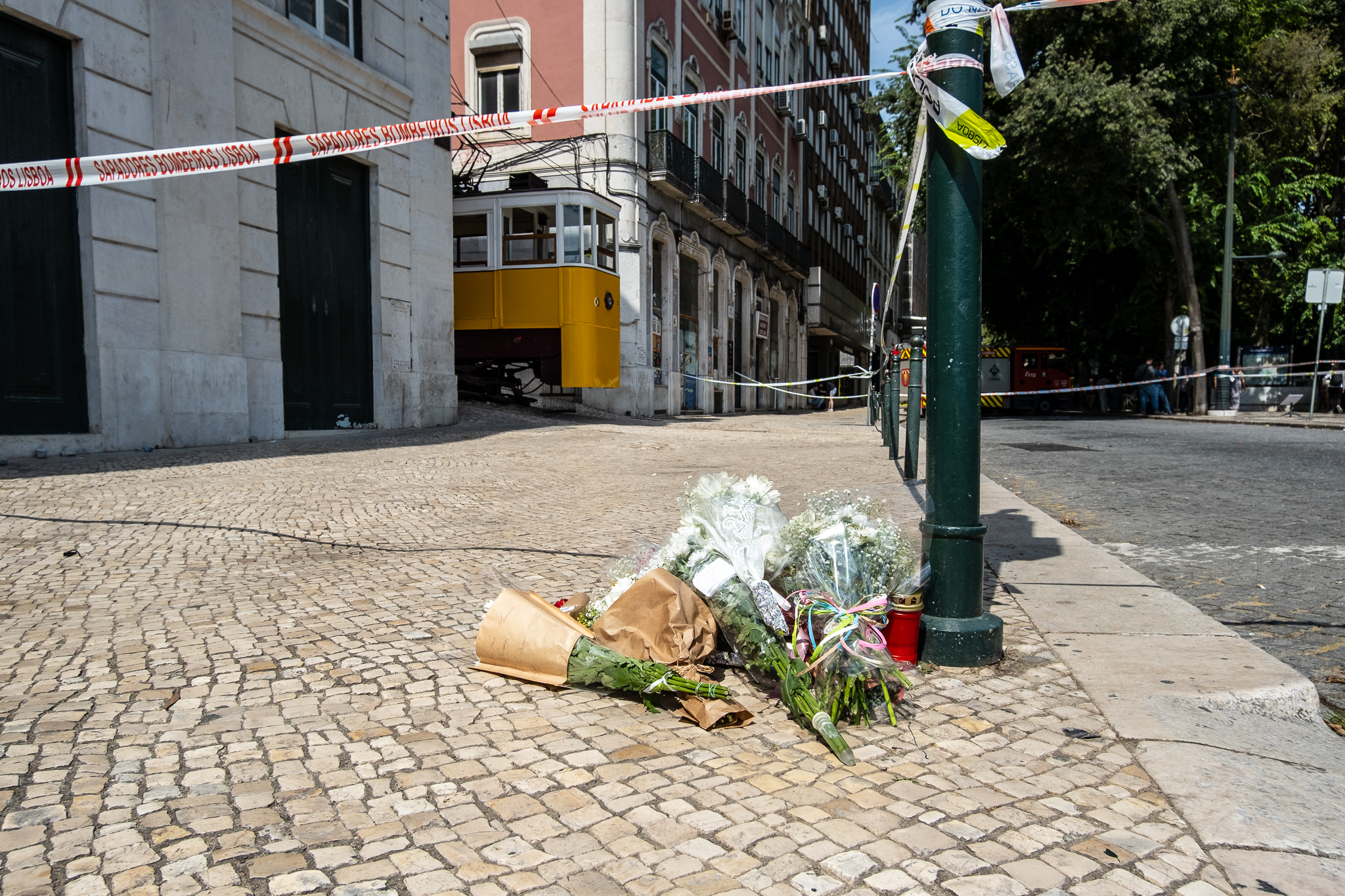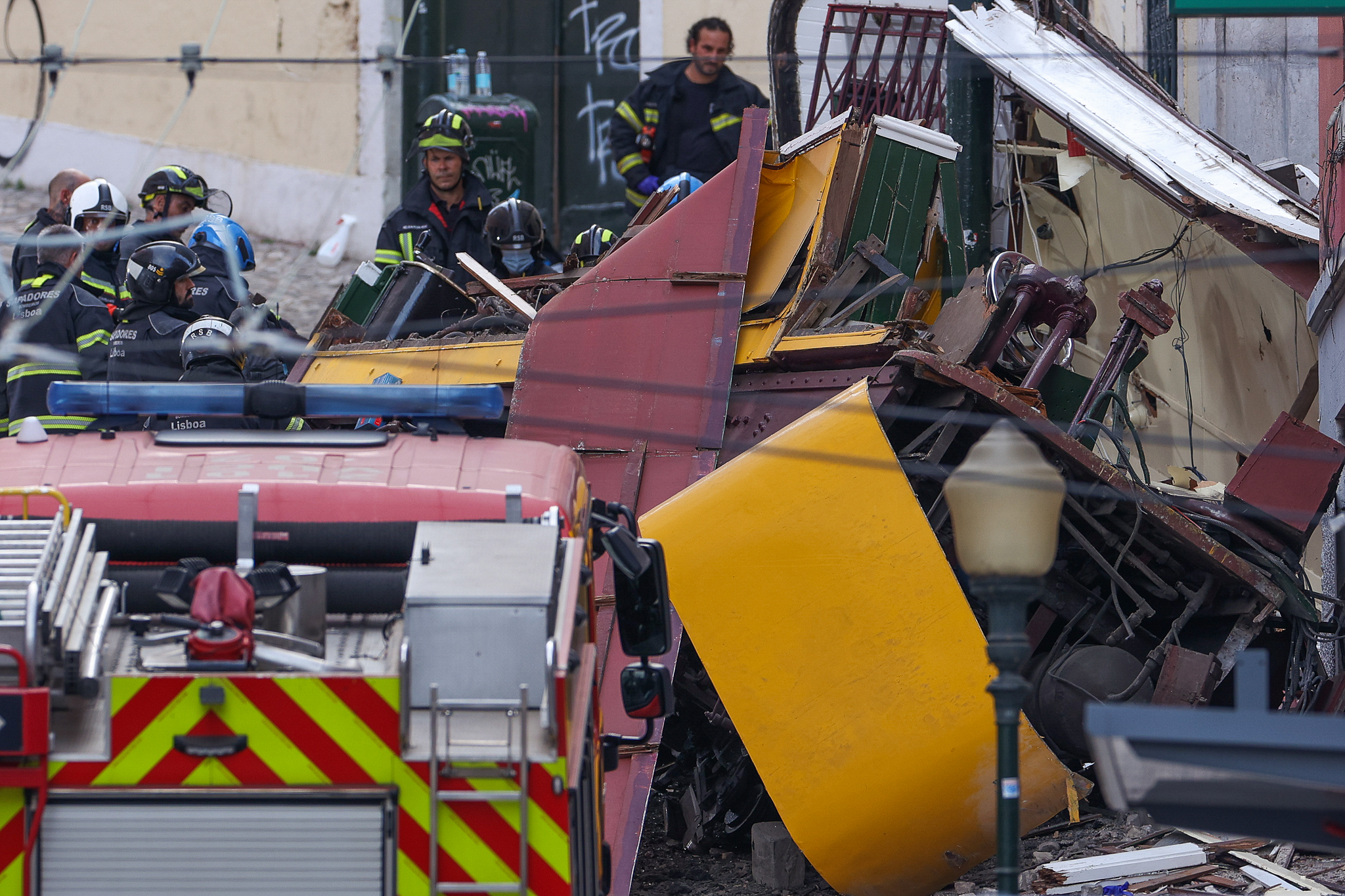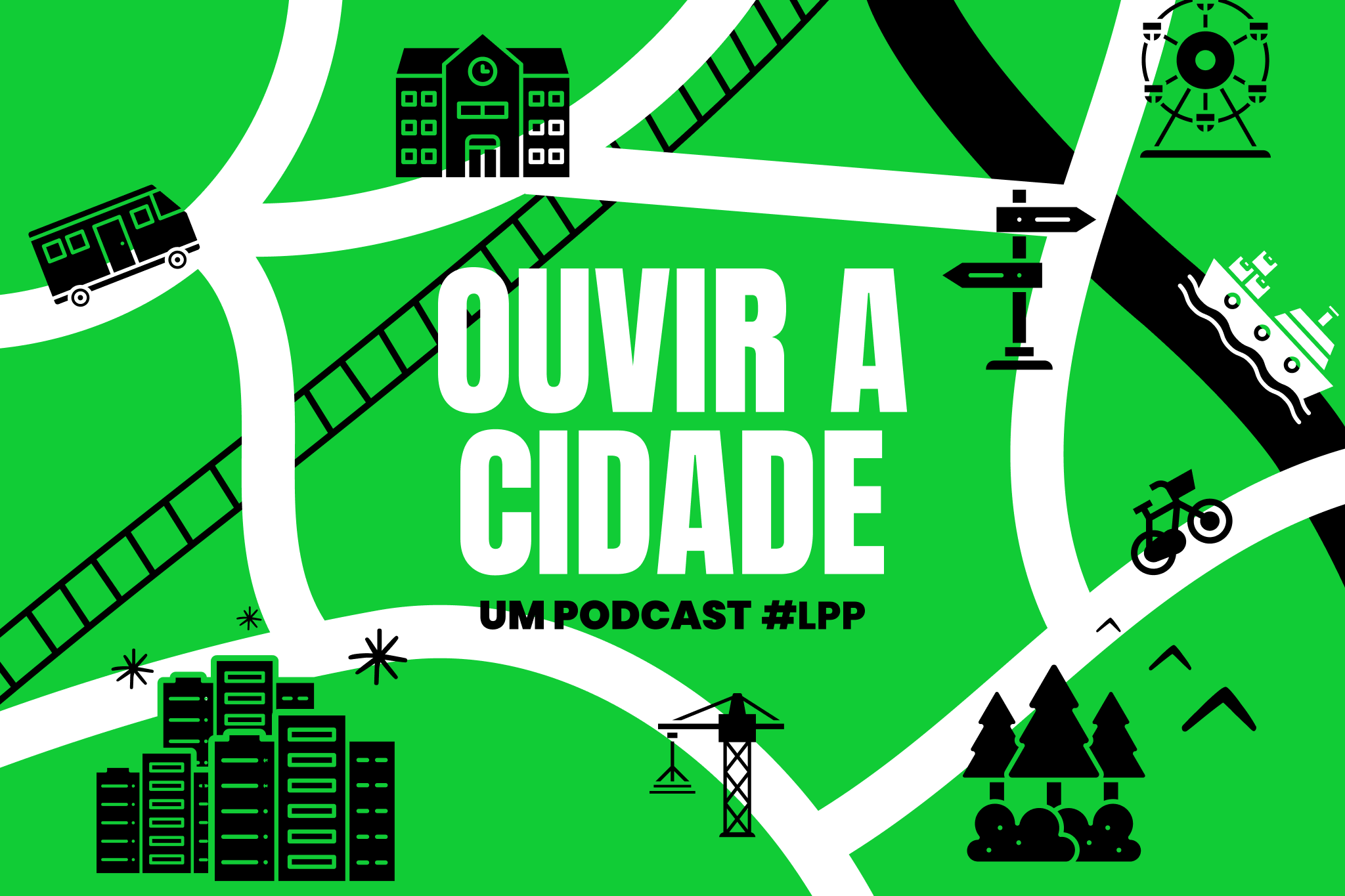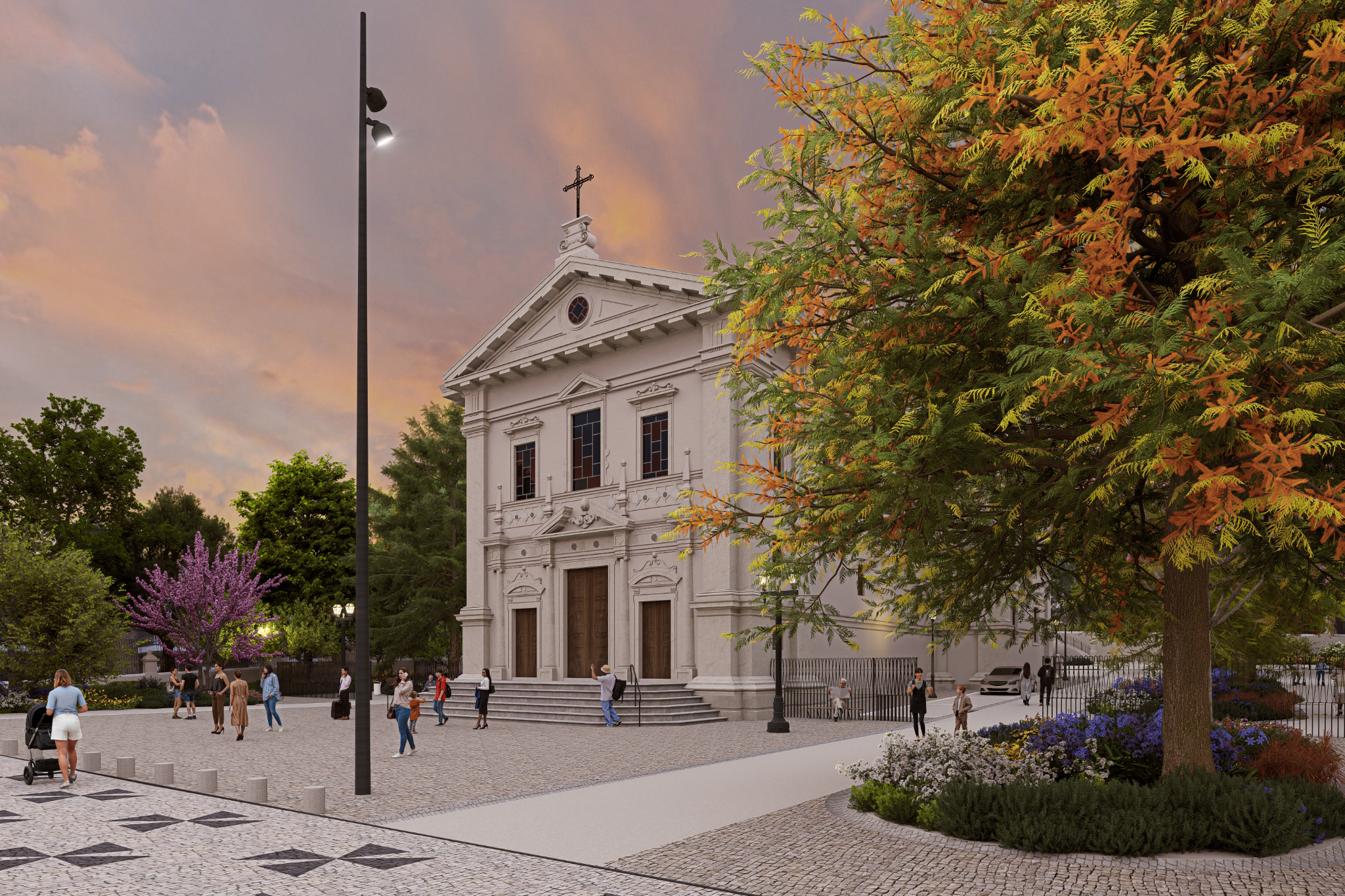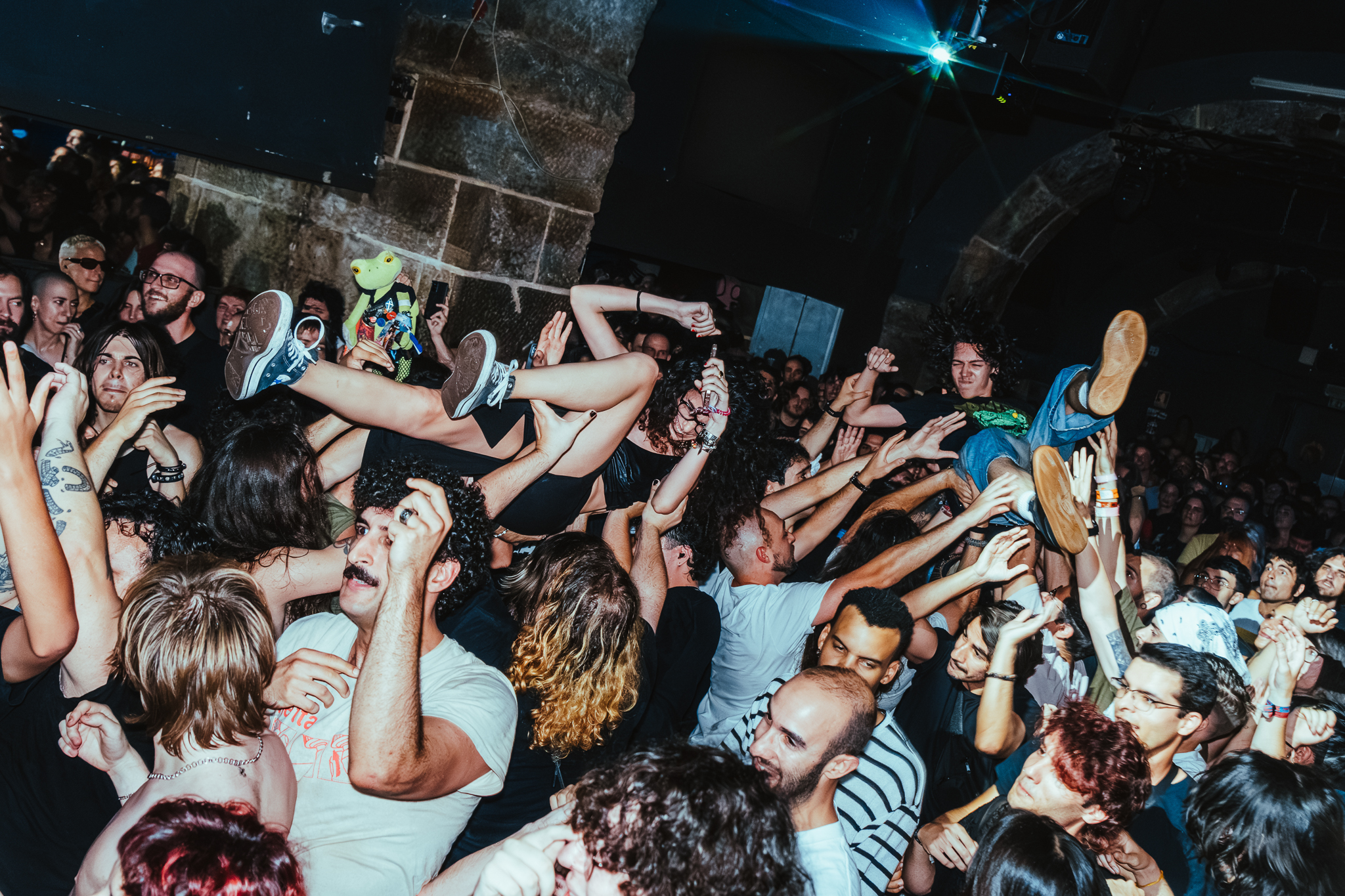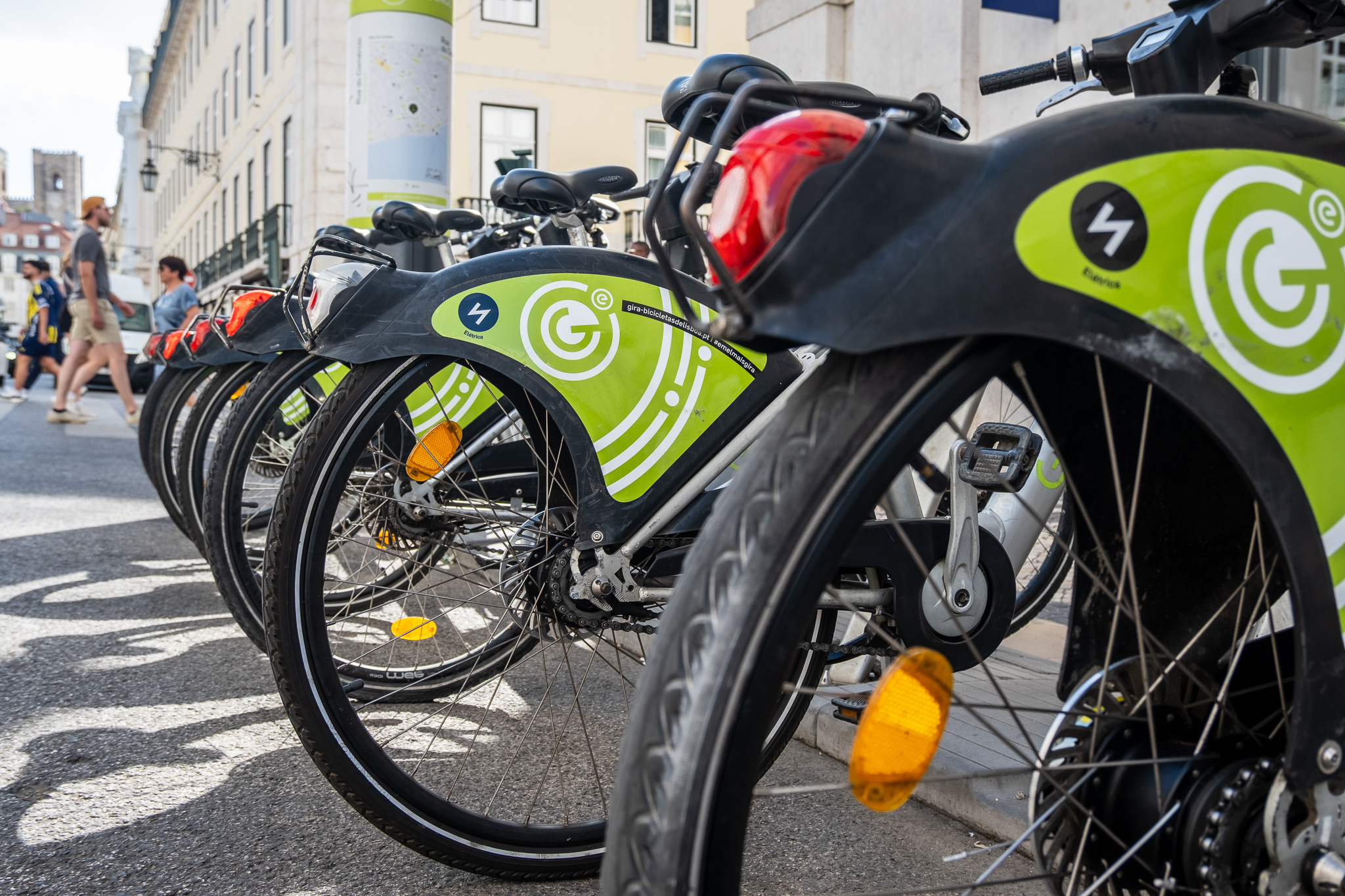The Ajuda Parish Council wants to improve pedestrian and road safety on Rua Dom Vasco. But to carry out the proposed work, the last of the "Safe Help" program, it will be necessary to divert the 742 and 760 routes in one direction to Calçada da Ajuda. To find out if this change is feasible, Carris...
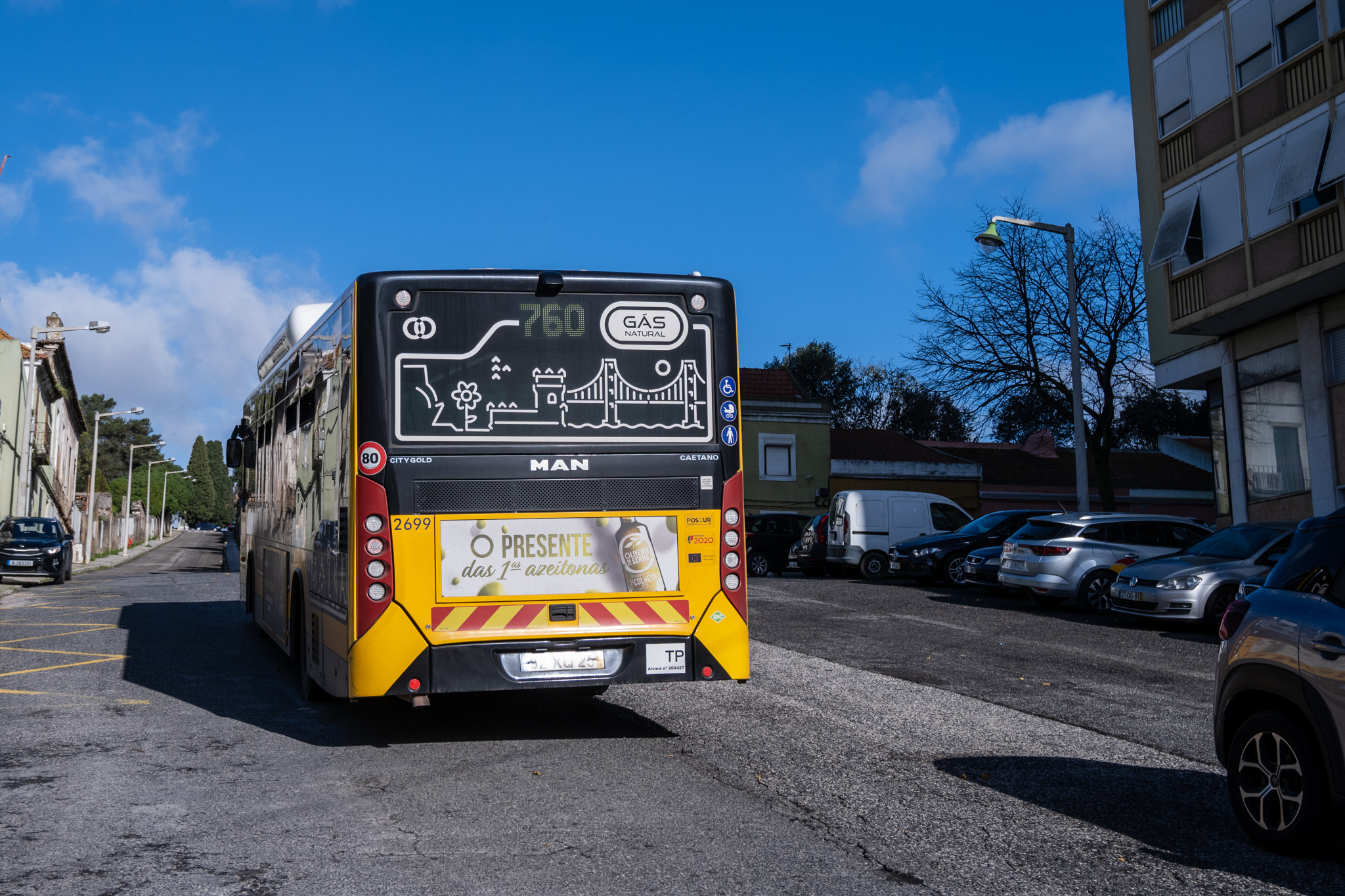
Two of the most important Carris lines in the western part of the city - the 760 and the 742 - started, on January 11, to make a detour through Calçada da Ajuda when they get off Largo da Ajuda. In this way, they avoid Rua Dom Vasco, which the Junta de Freguesia da Ajuda wants to transform into a one-way street. In the opposite direction, buses from routes 760 and 742 continue to go along Dom Vasco.
Confused by the changes? We leave you a map, courtesy of the portal Buses from Lisbon.
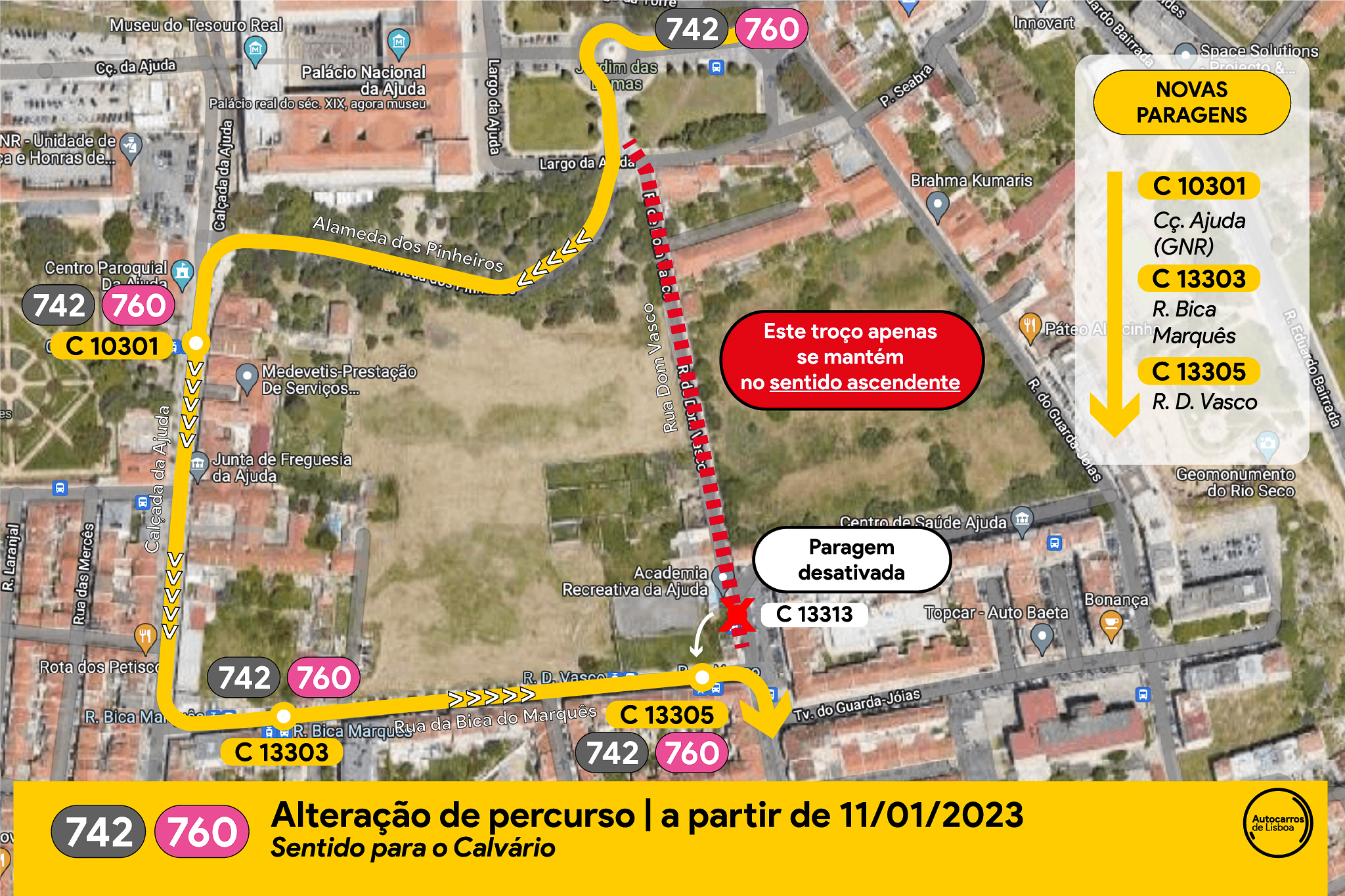
For Jorge Manuel Marques, President of the Ajuda Parish Council, this detour was an old wish. Although it is, for now, a test, Jorge is confident that the result will be positive. The detour of the 742 and 760 through Calçada da Ajuda you can add "a few more minutes of travel"but "will serve more people" for passing through an area where there are more houses. E "more problems are solved".
The Junta de Freguesia de Ajuda wants to implement in the square of Rua Dom Vasco the last of the interventions of its program Secure HelpIt is divided into two packages between 2019 and 2020 and its purpose is "eliminate accessibility and safety problems in the pedestrian network" of the parish based on the practices developed in the Pedestrian Accessibility Plan. In this program, priority areas were identified where to intervene and small projects were carried out. The one in the square of Rua de Dom Vasco is the only work that is missing, Jorge Manuel Marques tells us. "We identified that place as having both parking and safety difficulties. It has a 16-meter crosswalk that ends at a bus stop. It's about the worst crosswalk in the world.contextualizes the President of Ajuda's Council.

Rua Dom Vasco goes down from Largo da Ajuda to Bora Hora. About halfway down, it has a small square where several cars informally park. The Ajuda Council wants to reorganize that space, mark three dozen parking spaces and, above all, reduce that large crosswalk, dividing it into two small ones and bringing the bus stop close to the streetcar tracks.
"Only this last [intervention] is missing to finish the job" that was awarded as a package, says Jorge. The President of the Junta regrets all the time that the completion of the program Secure Help has been taking a long time. "The process started in 2018 with a project approved in 2019, that's too long for one thing"he says, lamenting the delay on the part of the City Hall and Carris in resolving this intervention.


Despite having the project validated by the City Council, the Junta de Freguesia needed Carris' agreement to do the work. To give a new configuration to that square, Carris would have to deviate the buses from one of the directions of the upper section of Rua Dom Vasco, in this case in the downward direction. The idea is to make the section one-way up - that is, the 742 and 760 buses would only go up the street, but to come down they would have to go around the Calçada da Ajuda. This one-way would solve another issue for people's safety: the speed at which some cars drive there, when they come downhill.
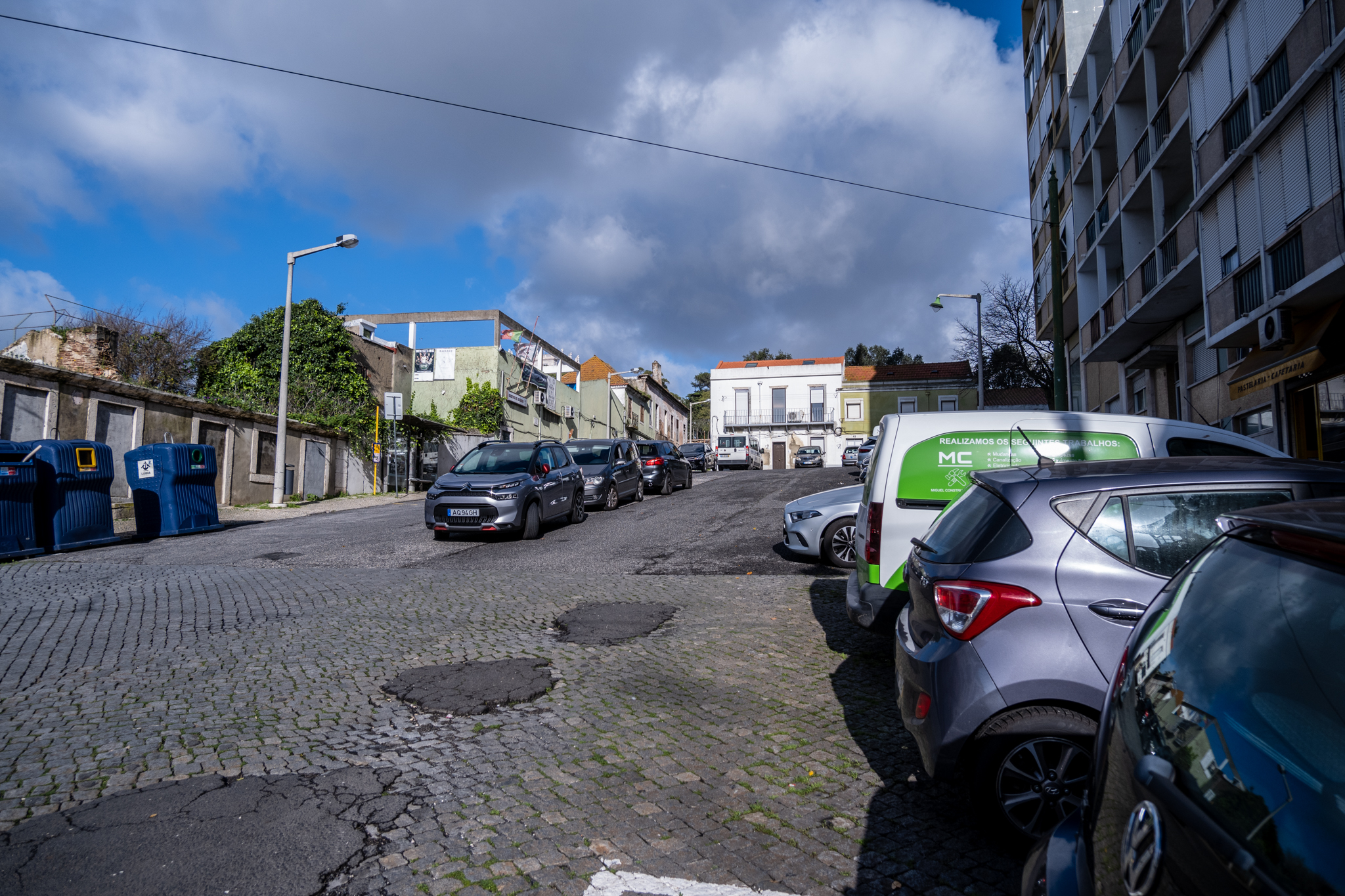
Ajuda's President says that Carris never agreed with the intervention, but points out that "we were never going to do a work against Carris' will". Meanwhile, from 2019 until now, a pandemic occurred, during which the attention changed, the city council changed, and some faces in the Municipal Mobility Department also changed. The issue has been left in the water. The City Council even came up with a counter-proposal with "14 parking spaces" and that maintained the two directions on Rua Dom Vasco, but Jorge wanted to keep the Junta's proposal of double the number of places in that square.
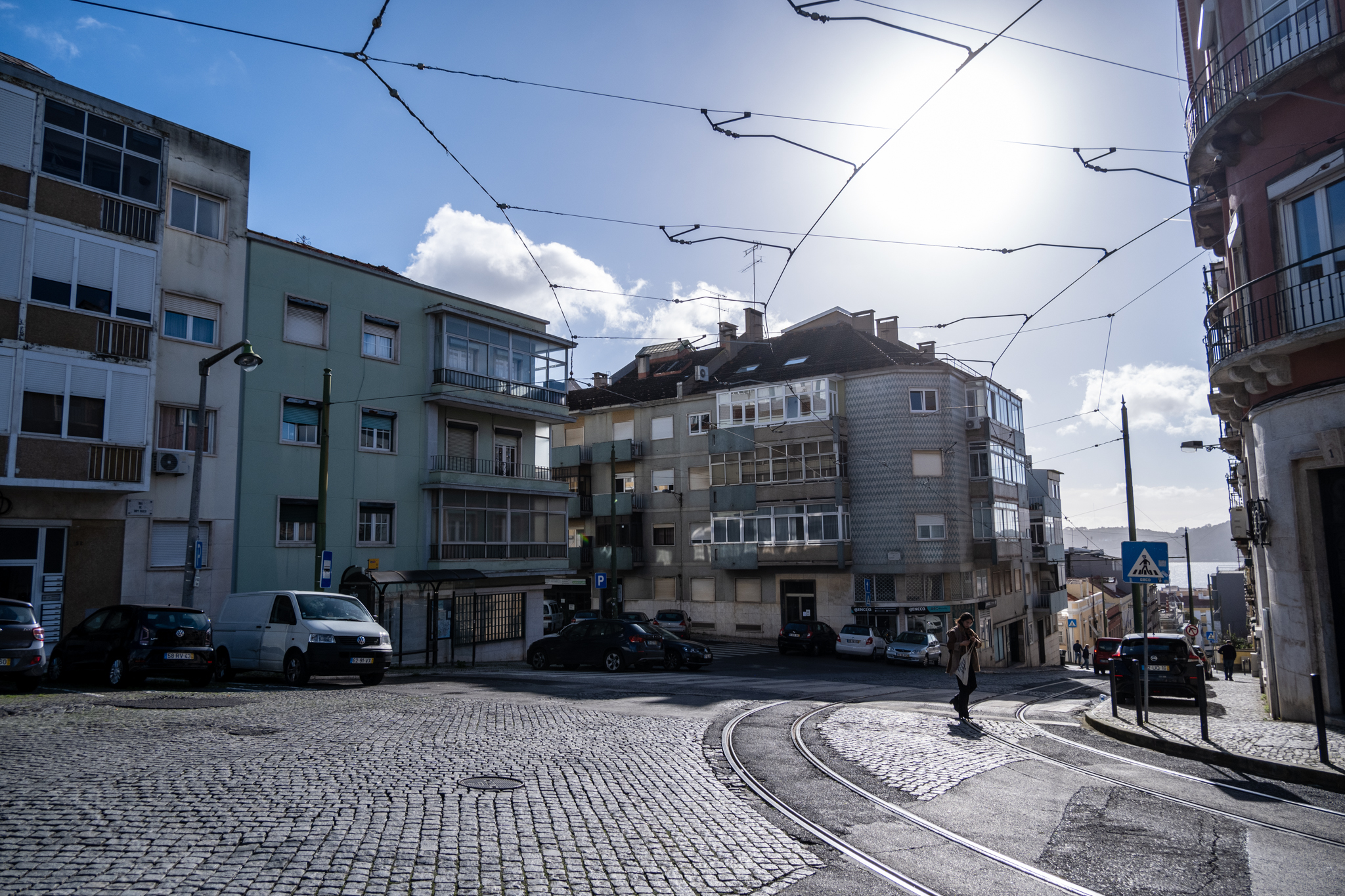
Jorge Manuel Marques believes that the Carris test will go well and that he can then carry out the last intervention of the Secure Help. "But we are available to make changes, of course." "We think it's a win-win this change"He adds, giving another benefit: people will now wait for routes 742 and 760 at the same stops where they wait for the others. "Our pity is that it has taken so long for us to find a simple consensus which is to test before implementing." For now, the change in the Dom Vasco's square will be with simple works, style pop-upbut the design can evolve to defined later. "We will do the painting of the road part and then we will see if it evolves to something definitive or to artistic paintings"as it is in the original project.
In the program's descriptive memory Secure Helpyou can read that Rua Dom Vasco "is one of the axes responsible for connecting Ajuda Palace with the central part of the Parish, and is used as a crossing between the Boa Hora area and Calçada da Ajuda, including by the main bus and streetcar lines in the region". However, there is "an excessive widening of the roadway" and a "lack of spatial organization" in the square, leading to "several conflicts between pedestrians and cars.
The diagnosis made was as follows:
Accessibility issues
- The pedestrian crossing has no lowering or tactile floor;
- The pedestrian crossing is too long, almost 16 meters long, running over the streetcar tracks, which creates significant bumps;
- The bus stop is located in front of the crosswalk;
- The bus cannot approach the stop due to abusive and unordered parking;
- Cars have been identified parked completely on top of the sidewalk, making it impossible for pedestrians to pass.
Security Issues
- Several vehicles with high speeds were observed on the downhill side of the road, due to the wide expanse of tarmac available;
- Parking in contravention of the sidewalks creates an obstacle to passage, forcing pedestrians to follow their path over the roadway, putting them in extreme danger;
- The lack of adequate road signs generates conflicts at the intersection of Rua Bica do Marquês and Rua Dom Vasco, which potentiates the problems with the long crossing of the mentioned pedestrian crossing;
- Disorderly parking in the middle of the road, especially at night, creates dangerous situations for road users.

The Parish Council's proposal was designed with the following measures in mind:
Calming measures
- Narrowing the lane at approaches to points of conflict with the pedestrian network;
- Breaking the lane alignment;
- Heading the sidewalks forcing a reduction in radii of curvature (larger radii allow direction changes by vehicles with higher speeds) and shortening crossing distances at pedestrian crossings;
- Introduction of islands/refuges at pedestrian crossings.
Complementary Measures
- Relocation of pedestrian crossings or bus stops when the relationship between them causes dangerous situations for pedestrians;
- Introduction of non-permanent, easily installed public space elements, such as beacons and flower boxes, for safety and ordering of the various functions.
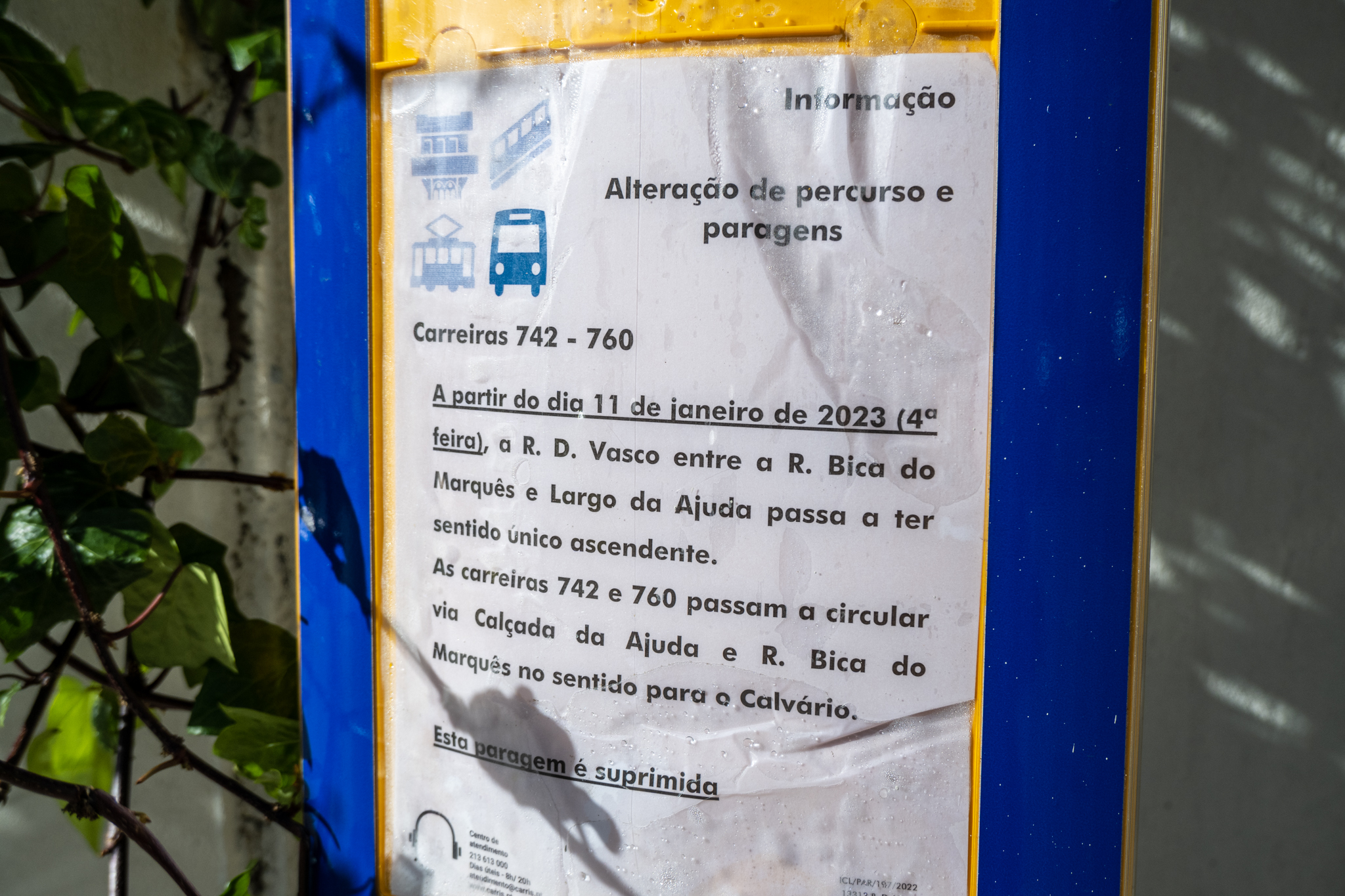
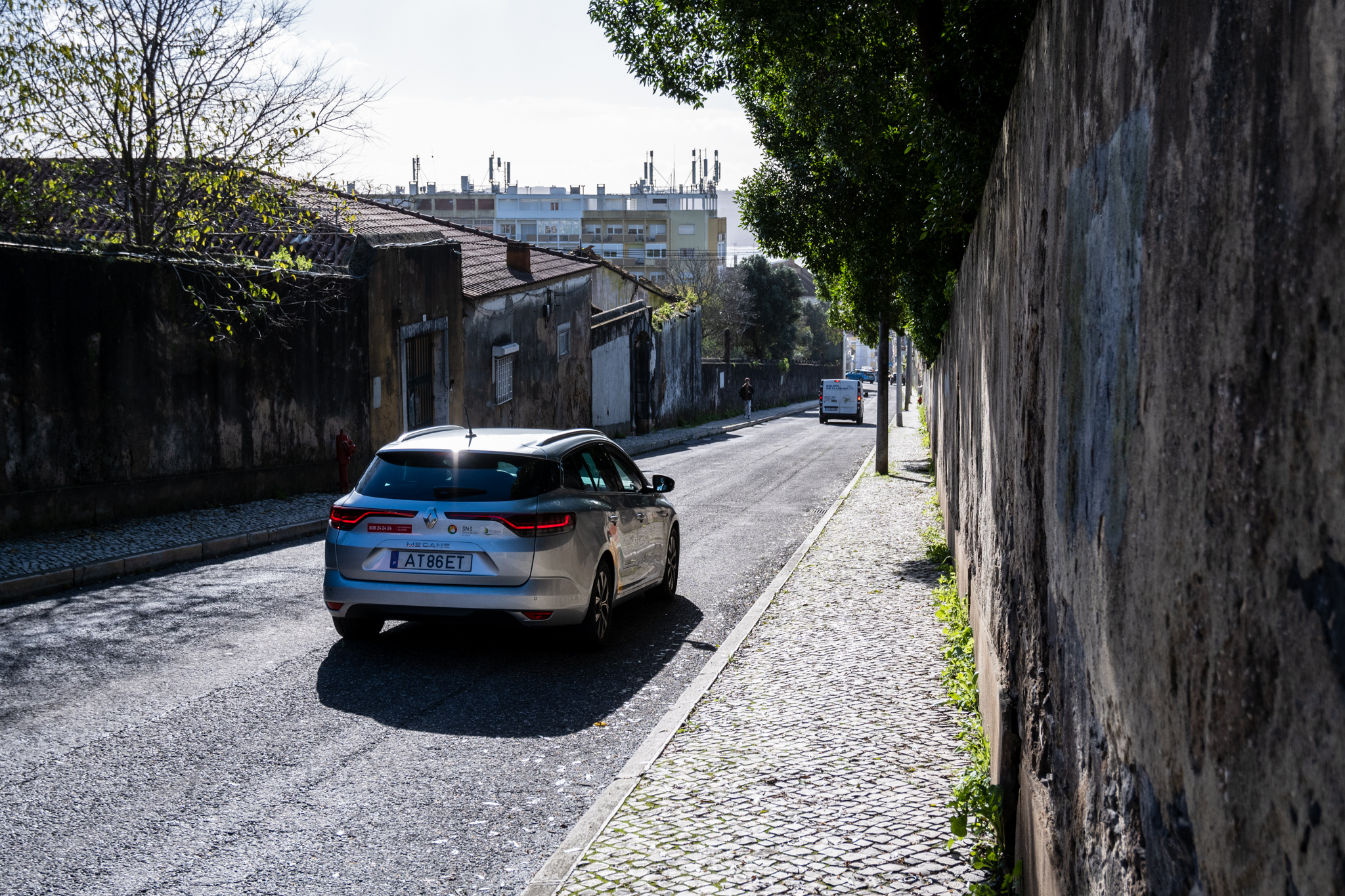
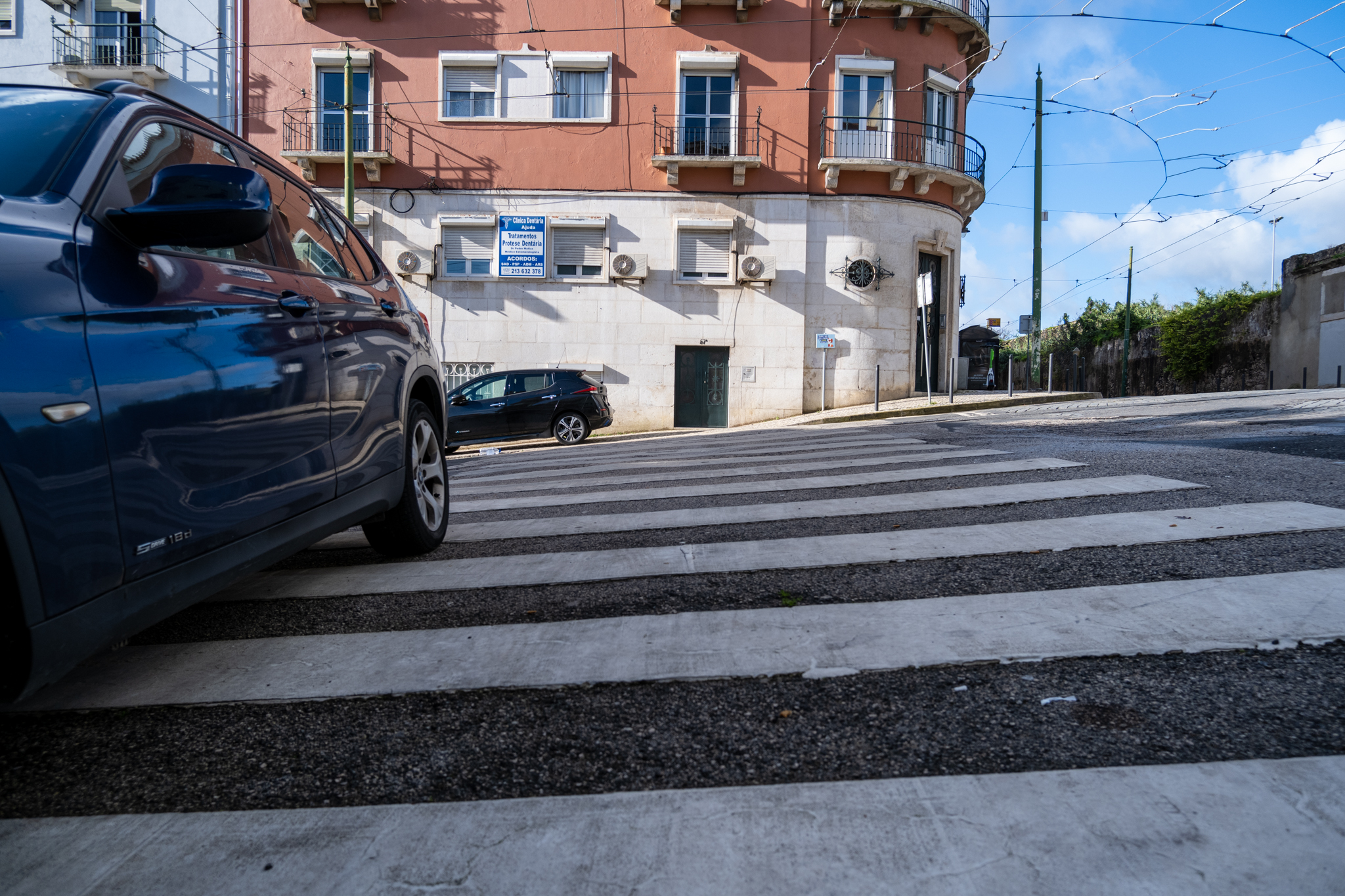
One of the central points of the intervention is "relocation of the bus stop [of the Rua Dom Vasco square] to near the main circulation axis", allowing "more comfort and safety in the access to public transportation".. That stop is today leaning against a building, at the end of the 16-meter crosswalk and hidden between parked cars. The result: those waiting for the bus or streetcar cannot see it, and try to go for the noise.
On the other hand, "given the high demand for parking in this region, it was decided to develop a solution to organize the spaces without giving up the main objective of this intervention, pedestrian safety". In addition to the spaces that will be demarcated in the square, 34 new spaces will be created along the section of Rua Dom Vasco that will become one-way uphill, helping to free the sidewalks from undue parking.

